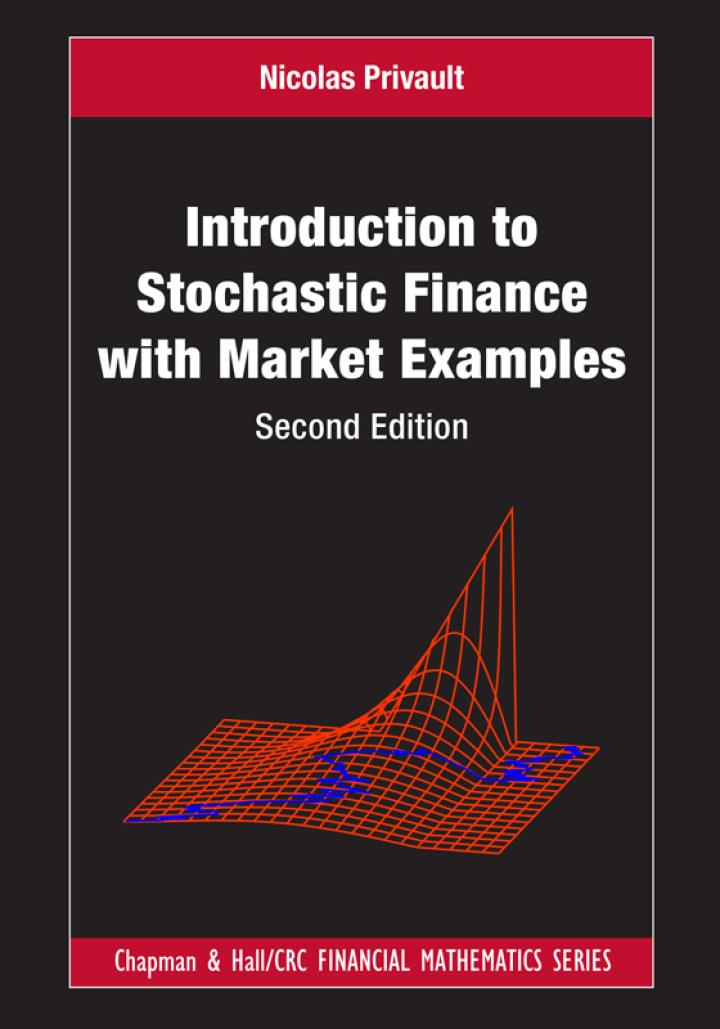American call options with dividends, see 9.3 of Wilmott (2006). Consider a dividend-paying asset priced as
Question:
American call options with dividends, see § 9.3 of Wilmott (2006). Consider a dividend-paying asset priced as \(S_{t}=S_{0} \mathrm{e}^{(r-\delta) t+\sigma \widehat{B}_{t}-\sigma^{2} t / 2}, t \geqslant 0\), where \(r>0\) is the risk-free interest rate, \(\delta \geqslant 0\) is a continuous dividend rate, and \(\sigma>0\).
a) Show that for all \(\lambda \in \mathbb{R}\) the process \(Z_{t}^{(\lambda)}:=\left(S_{t}\right)^{\lambda} \mathrm{e}^{-\left((r-\delta) \lambda-\lambda(1-\lambda) \sigma^{2} / 2\right) t}\) is a martingale under \(\mathbb{P}^{*}\).
b) Show that we have \(Z_{t}^{(\lambda)}=\left(S_{t}\right)^{\lambda} \mathrm{e}^{-r t}\) for two values \(\lambda_{-} \leqslant 0,1 \leqslant \lambda_{+}\)of \(\lambda\) satisfying a certain equation.
c) Show that \(0 \leqslant Z_{t}^{\left(\lambda_{+}\right)} \leqslant L^{\lambda_{+}}\)for \(0 \leqslant t \leqslant \tau_{L}:=\inf \left\{u \geqslant t: S_{u}=L\right\}\), and compute \(\mathbb{E}^{*}\left[\mathrm{e}^{-r \tau_{L}}\left(S_{\tau_{L}}-K\right)^{+} \mid S_{0}=x\right]\) when \(S_{0}=x
Step by Step Answer:

Introduction To Stochastic Finance With Market Examples
ISBN: 9781032288277
2nd Edition
Authors: Nicolas Privault





